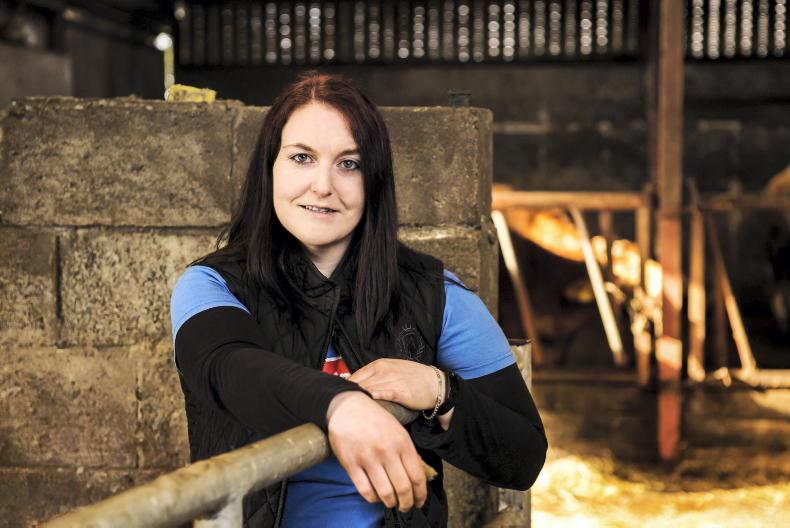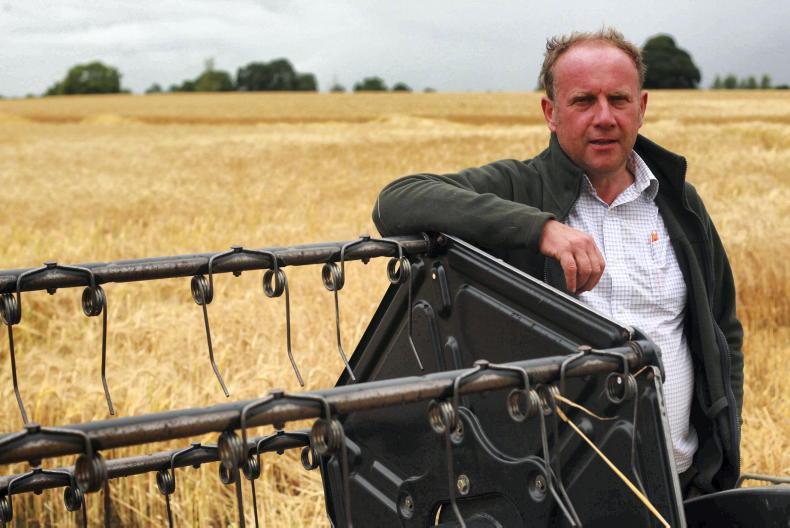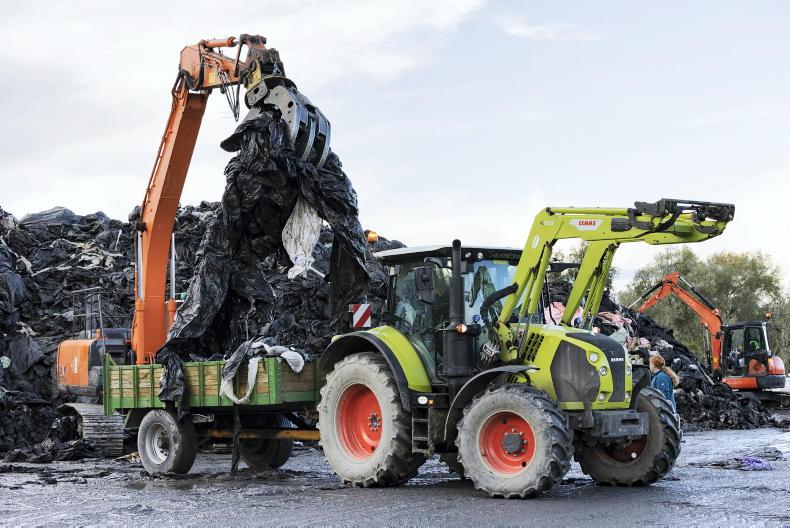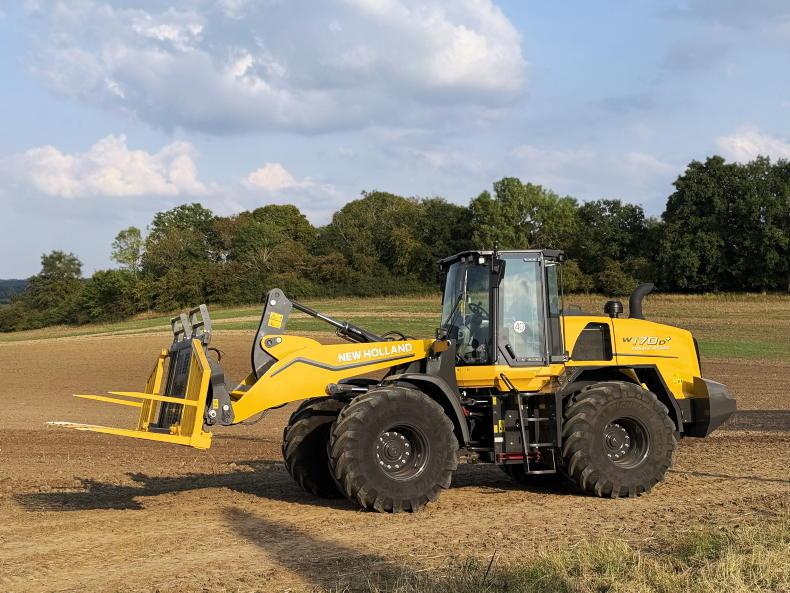Silage will dominate cattle diets during the winter housing period and with clamps opened, it is important they are properly managed to prevent fodder from spoilage, heating or slippage.
A poorly managed clamp face will undo the effort put into harvesting grass at the optimum stage of growth and ensiling evenly before sealing.
When it comes to managing the clamp, outlined are five things to keep in mind.
1. Don’t expose too much silage when pulling back the cover
When it comes to pulling back the cover on the clamp, it may feel more time effective to remove as much as you can when on top of the clamp, but this is not always a good idea.
Once the cover is removed, silage becomes exposed to air and forage will start to deteriorate and palatability becomes an issue.
As silage starts to heat, bacteria uses up the sugars that would otherwise drive weight gain or milk production.
Also, if the cover is removed and there is mould present on top of the clamp, rain water will wash mycotoxins downwards through the clean silage you intend feeding to cattle.
Therefore, only pull the cover back to match the depth that the sheer grab will cut.
2. Remove waste silage immediately
Always remove any mould from the top of the clamp as soon as the cover has been removed. This reduces the risk of rain washing mycotoxins down through the clamp and leading to cattle health or performance issues.
3. Move across the pit face as quick as possible
Aim to work from one side of the clamp to the other inside one week. This keeps the clamp face fresh and reduces the amount of waste forage accumulating.
If it takes longer than one week to work across the clamp face, do not drive the shear grab into its full depth when cutting blocks. Instead, take shallower grabs, as this will speed up how quickly you work across the clamp face.
4. Cut from top to bottom in sequence
When working across the clamp, always cut grabs in consecutive columns from top to bottom. When the cutting grabs in sequence, it reduces the surface area of the clamp face exposed to air.
Do not start cutting blocks from different areas along the pit face, just because some layers are better than others.
This increases the surface area of the clamp and means where columns have been skipped, they have been in contact with air longer, increasing spoilage and the amount of waste accumulated.
5. Sharpen the shear grab regularly
A sharp shear grab will cut cleanly and seal the clamp face as blocks are removed. If the grab is leaving a ragged, untidy clamp face, the cutting blades need to be sharpened.
Read more
Big month for live exports
Beef prices: factory agents anxious for stock
Silage will dominate cattle diets during the winter housing period and with clamps opened, it is important they are properly managed to prevent fodder from spoilage, heating or slippage.
A poorly managed clamp face will undo the effort put into harvesting grass at the optimum stage of growth and ensiling evenly before sealing.
When it comes to managing the clamp, outlined are five things to keep in mind.
1. Don’t expose too much silage when pulling back the cover
When it comes to pulling back the cover on the clamp, it may feel more time effective to remove as much as you can when on top of the clamp, but this is not always a good idea.
Once the cover is removed, silage becomes exposed to air and forage will start to deteriorate and palatability becomes an issue.
As silage starts to heat, bacteria uses up the sugars that would otherwise drive weight gain or milk production.
Also, if the cover is removed and there is mould present on top of the clamp, rain water will wash mycotoxins downwards through the clean silage you intend feeding to cattle.
Therefore, only pull the cover back to match the depth that the sheer grab will cut.
2. Remove waste silage immediately
Always remove any mould from the top of the clamp as soon as the cover has been removed. This reduces the risk of rain washing mycotoxins down through the clamp and leading to cattle health or performance issues.
3. Move across the pit face as quick as possible
Aim to work from one side of the clamp to the other inside one week. This keeps the clamp face fresh and reduces the amount of waste forage accumulating.
If it takes longer than one week to work across the clamp face, do not drive the shear grab into its full depth when cutting blocks. Instead, take shallower grabs, as this will speed up how quickly you work across the clamp face.
4. Cut from top to bottom in sequence
When working across the clamp, always cut grabs in consecutive columns from top to bottom. When the cutting grabs in sequence, it reduces the surface area of the clamp face exposed to air.
Do not start cutting blocks from different areas along the pit face, just because some layers are better than others.
This increases the surface area of the clamp and means where columns have been skipped, they have been in contact with air longer, increasing spoilage and the amount of waste accumulated.
5. Sharpen the shear grab regularly
A sharp shear grab will cut cleanly and seal the clamp face as blocks are removed. If the grab is leaving a ragged, untidy clamp face, the cutting blades need to be sharpened.
Read more
Big month for live exports
Beef prices: factory agents anxious for stock










SHARING OPTIONS